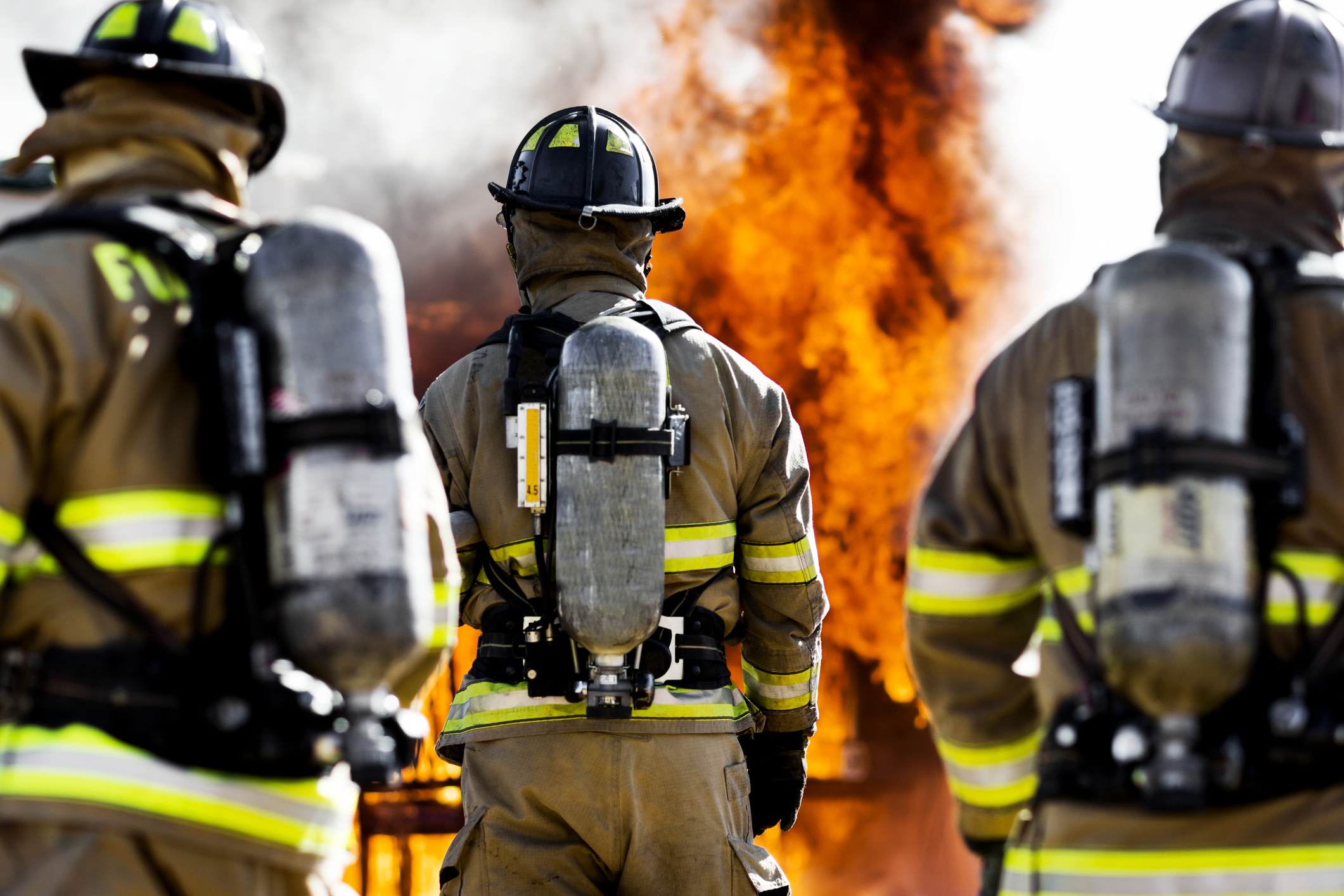By: Emergency Technical Decon Team
For every fire department, turnout gear is a frontline defense—but it’s also a complex, high-risk investment that demands constant oversight. Without a clear gear life cycle plan in place, departments run the risk of exposing their crews to harmful contaminants, equipment failures, and noncompliance with NFPA standards.
The newly adopted NFPA 1850 standard combines previous standards for structural firefighting gear and SCBA, creating a unified approach to PPE care, maintenance, and retirement. That shift makes it even more important for departments to implement a structured, proactive gear life cycle program, one that covers everything from decontamination to final decommission.
Here’s what your department should be thinking about at every stage.
1. Cleaning: The First Line of Defense
Turnout gear accumulates toxic contaminants every time it’s worn, especially PFAS, PAHs, SVOCs, and heavy metals. Without proper cleaning, these compounds build up over time and increase the risk of cancer, respiratory conditions, and hormone disruption.
Best practices for gear cleaning under a life cycle plan include:
- Immediate on-scene gross decon (wipes, rinse-down)
- Routine advanced cleaning using NFPA-compliant systems
- Cleaning of all PPE components, not just coats and pants
2. Inspection: Find the Risks Before They Fail
NFPA 1850 emphasizes frequent inspections to ensure PPE is in safe working condition. Departments should establish:
- Routine inspections after every exposure or use
- Advanced inspections at least annually by trained personnel
- Documentation of damage, contamination, or wear
Catch issues early—before they lead to injury or compromise gear performance.
3. Repair: Don’t Delay What You Can Fix
Damaged gear doesn’t always mean retired gear. However, repairs must meet strict standards and be performed by verified providers.
A life cycle plan should include:
- A list of certified repair partners
- Repair protocols approved by the gear manufacturer
- Clear documentation for what’s been repaired and when
4. Retirement: Know When to Let It Go
No gear lasts forever. NFPA 1850 mandates retirement timelines for PPE based on age, condition, and contamination history.
Departments must:
- Track gear age and exposure data
- Use inspection results to trigger retirement decisions
- Safely remove and dispose of gear past its usable life
Bringing It All Together: A Full-Cycle Strategy
A gear life cycle plan isn’t just an administrative tool: it’s a proactive safety strategy. It:
- Ensures firefighters are wearing safe, clean, functional PPE
- Reduces liability by aligning with NFPA 1850 compliance
- Extends gear life, saving departments from premature replacement costs
- Minimizes exposure risks that lead to cancer and occupational illness
ETD Supports Your Life Cycle Plan
At Emergency Technical Decon, we don’t just clean gear, we support the full PPE life cycle. Our Liquid CO2+ system helps departments meet NFPA standards while protecting firefighter health and preserving gear performance. Our inspection and tracking tools also give you the data needed to make informed decisions throughout each gear’s lifespan.
Is your department ready to formalize its gear life cycle approach? Contact us to schedule a consultation or learn more about how ETD’s services align with NFPA 1850.



